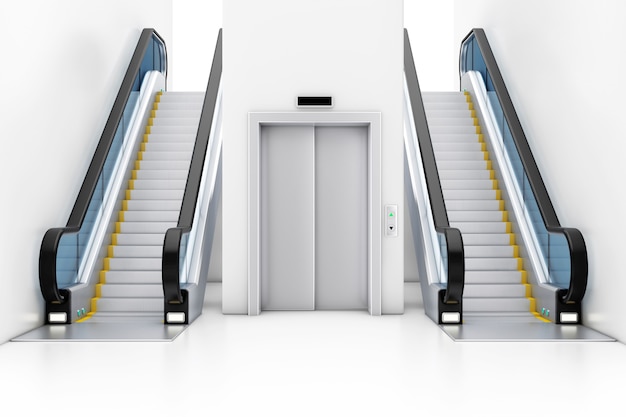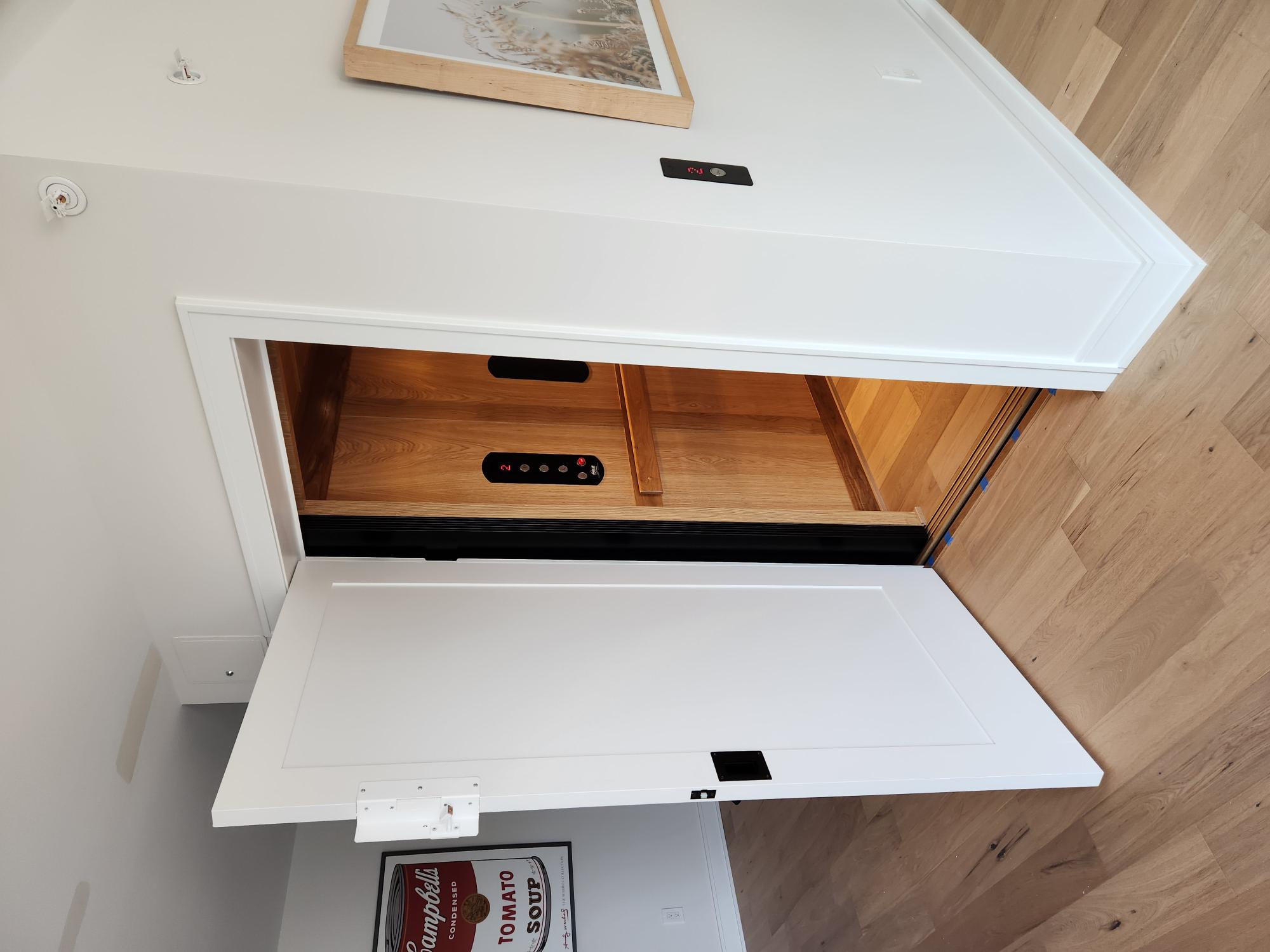Affordable Lift Repair Near Me: Specialist Professionals at Your Service
Affordable Lift Repair Near Me: Specialist Professionals at Your Service
Blog Article
Exploring the World of Lifts: Typical Problems Faced by Different Lift Systems
As we browse through the upright transportation systems of modern-day buildings, elevators stand out as a crucial part of our everyday lives. From hydraulic elevators to grip systems and machine-room-less designs, each lift type comes with its set of typical problems.
Hydraulic Lifts
Hydraulic lifts, usually chosen for low-rise structures, make use of fluid pressure to manage the activity of the lift automobile (lift repair companies). This device entails a hydraulic pump pressing oil right into a cylinder, causing the lift to move in the preferred instructions. While hydraulic lifts are known for their smooth and peaceful operation, they do include their very own collection of common problems
One widespread problem with hydraulic elevators is oil leak. The seals in the hydraulic system can wear in time, leading to oil infiltration. This not only develops a mess but can likewise impact the lift's performance if left unaddressed. Additionally, concerns with the control system, such as malfunctioning valves or a malfunctioning pump, can trigger disturbances in the elevator's motion.
Routine upkeep and punctual repair work are important to make certain the smooth performance of hydraulic elevators. By attending to these usual problems proactively, structure proprietors can minimize downtime and guarantee the security and performance of their upright transport system.
Grip Elevators
When taking into consideration vertical transportation systems in structures, an additional typical type in addition to hydraulic lifts is the traction elevator. Grip lifts run using a system of ropes and weights that move the elevator automobile by grasping onto the hoist ropes. This device permits smoother and much faster vertical transport contrasted to hydraulic systems.
One of the typical concerns encountered by traction lifts is rope wear. The consistent activity of the ropes within the traction system can cause damage over time, potentially triggering the elevator to malfunction or end up being unsafe for use. Regular examinations and upkeep of the ropes are vital to ensure the lift's proper performance and safety and security.
One more problem that traction lifts might experience is associated with the control system. Problems with the control system can lead to concerns such as irregular movement, hold-ups in feedback times, or perhaps complete closures. Regular screening and maintenance of the control system are important to avoid such problems and guarantee the elevator's reliability.
Machine-Room-Less (MRL) Elevators

Among the crucial components of MRL lifts is the small gearless grip device that is set up within the hoistway. This equipment efficiently drives the elevator auto without the demand for bulky devices discovered in typical traction elevators. In addition, MRL elevators commonly utilize a weight system to balance the cars and truck, further improving their power efficiency.
Despite their advantages, MRL lifts may face obstacles connected to maintenance and repair work because of the restricted area for equipment installation. Ease of access for servicing components within the shaft can be limited, calling for specialized training for specialists. Appropriate upkeep timetables and normal assessments are crucial to ensure the ongoing smooth procedure of MRL elevators.
Overloading and Weight Limit Issues
Are lifts equipped to manage excess weight lots efficiently and safely? Overwhelming and weight limitation issues are vital worries in elevator procedures. Lift producers layout raises with details weight capabilities to ensure guest security and devices long life. Going beyond these weight restrictions can cause various problems, consisting of mechanical failings, hold-ups, and safety hazards.
When lifts are strained, it places extreme pressure on the motor, cable televisions, and various other parts, potentially triggering failures or malfunctions. If they spot excess weight, safety and security systems such as sensors and overload sensing units are in place to avoid elevators from moving. In addition, surpassing weight limitations can result in enhanced energy usage and wear and tear on the lift system.
To minimize overwhelming issues, building supervisors ought to plainly present weight limitations in elevators and inform residents on the importance of adhering to these restrictions - lift repair companies. Regular maintenance checks by qualified technicians can likewise aid guarantee that elevators are operating within secure weight parameters. By dealing with overloading and weight limit concerns proactively, structure owners can improve elevator security and effectiveness
Electrical System Failures
Going beyond weight limits in elevators can not just bring about mechanical issues however also possibly add to electric system failings within the lift framework. Electrical system failings are a vital worry in lift reference procedure, as they can create unforeseen closures, malfunctions, and even security dangers. One typical electrical issue is the overheating of parts because of extreme present circulation brought on by straining the elevator past its ability. This can result in harm to the circuitry, electric motor, or control systems, leading to pricey repair work and downtime.
Moreover, power surges or variations in the electrical supply can likewise interfere with the lift's procedure, impacting its efficiency and safety. These electric disturbances can damage delicate lift parts such as control board, circuit card, or sensing units, resulting in system failures. Regular maintenance and inspections are essential to determine and address potential electrical issues promptly, making sure the reliable and risk-free operation of lift systems. By sticking to weight limitations and performing regular electrical system checks, building owners can mitigate the threat of electric failures in lifts.
Conclusion

Hydraulic lifts, frequently favored for low-rise structures, utilize fluid pressure to control the activity of the elevator car.When thinking about upright transportation systems in buildings, one more usual kind apart from hydraulic elevators is the grip elevator. Traction lifts operate making use of a system of ropes and weights that move the lift cars and truck by clutching onto the hoist ropes. Unlike traditional lifts that need a separate equipment space to house the devices, MRL elevators integrate many of the parts within the shaft, eliminating the requirement for a dedicated maker visit site room.In verdict, elevators encounter usual concerns such as hydraulic malfunctions, traction system failures, and electric system issues.
Report this page